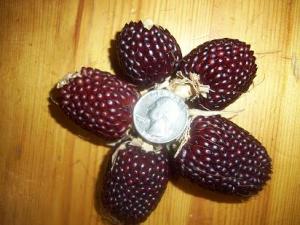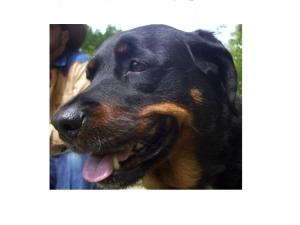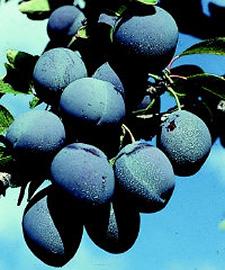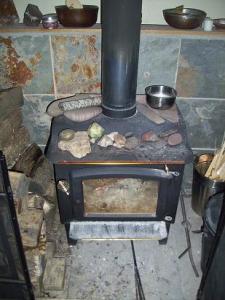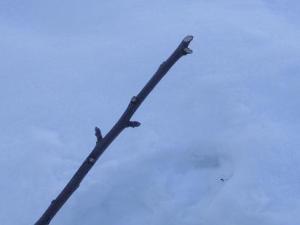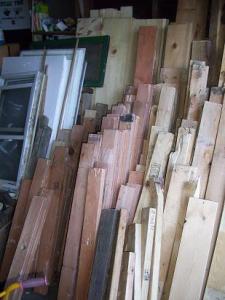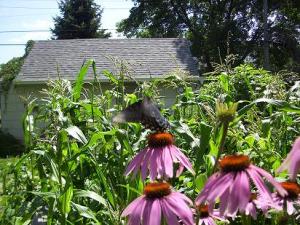We always hear about genetic diversity being lost in places like the rainforests, corral reefs, and grass lands. These spots are by far the most important places on Earth to preserve and protect. The rainforests of South America, Africa, and Asia, are the greatest strongholds of genetic wealth on the planet, and we all know the trouble going on in these areas. Countless species of both plants and animals are going extinct everyday because of our encroaching cities, farms, mines and all other forms of “progress”. These issues should always be a reminder to privileged people to live simple lives and walk the Earth with light foot steps. But there is genetic diversity being lost right in our own backyards.
A hundred, or even fifty years ago it was common for not only farmers, but also city dwellers to grow at least a portion of their own food. Back then the only seeds people had to sow were the ones that had been passed down from generation to generation. When immigrants traveled to new shores they may not have been able to bring their old countries with them, but they could smuggle their countries’ seeds in their boots and socks. People traded back and forth their favorite tomato, squash, bean, and pepper seeds. They traded gardening knowledge and taught each other recipes from their own homelands.
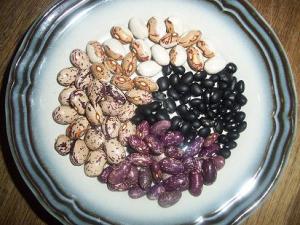
From top clockwise: Hidatsa Sheild Figure, French Climbing, Sultans Golden Cresent, and Cranberry. All Heirloom Beans.
Heirloom varieties tend to show very hardy traits. Many are drought tolerant and resist pests better than hybrids. Some heirlooms show a resistance to disease, and grown year after year, heirlooms will start to adapt to your garden’s micro climate. Another name for heirloom seeds is “open pollinated”, and all that means is that you are able to save seeds from those varieties and they will be true to type. Now be careful, if you are growing more than one type of squash or melon or cucumber, they can cross-pollinate and you will end up with a hybrid. The book Seed to Seed by Suzanne Ashworth can show you ways of avoiding this problem with all sorts of vegetables.
As you plan a garden this year, keep heirloom seeds in mind. Seed Savers and Baker’s Creek both offer an extensive selection of open pollinated, heirloom varieties of vegetables, fruits, herbs and flowers. Plant a garden, save the seeds, and boycott Monsanto!

